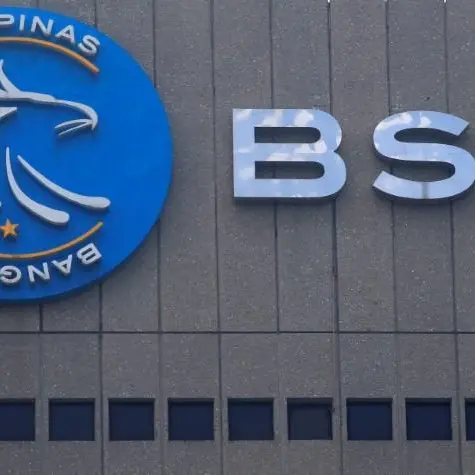PHOTO
FRANKFURT - The European Central Bank will revamp its annual bank evaluation process to make it shorter but at times more intrusive to reflect changes in the operating environment of lenders, ECB supervisor Claudia Buch said on Tuesday.
The ECB checks on the health of commercial banks each year in the Supervisory Review and Evaluation Process (SREP), setting capital requirements and providing guidelines to each of the more than 100 banks it supervises.
"The SREP will be adapted to increase efficiency and effectiveness, building on and going beyond changes that have been implemented in recent years, such as a new risk tolerance framework," Buch said in a blog post.
"The new SREP will not mean less supervision or a 'light touch' approach," Buch said. "This key purpose of supervision will not change – but supervision will become more effective."
Changes will start to be implemented in the second half of this year and will be finalised for the 2026 SREP cycle.
Buch said the changes have six goals, including a new focus on risk assessment, improved integration of supervisory activities, using the full supervisory toolkit, enhanced communication, making methodologies more stable and making better use of IT systems and analytics.
"The SREP will become shorter and move closer to real-time supervision," Buch said. "This is more relevant than ever considering the fast-evolving risk environment that we live in."
The changes will mean that if the ECB's assessment show no material changes in a bank's risk profile, SREP decisions may be updated only every two years, an option that has so far been limited to a small number of banks.
But supervision could in some cases become more intrusive, Buch warned.
"When remediation of identified weaknesses is insufficient, ECB Banking Supervision will expeditiously increase the severity of supervisory tools and swiftly move up the escalation ladder," Buch said.
The ECB will make wider use of legally binding qualitative requirements and enforcement measures, including financial penalties.
In return, banks will get a clearer communication of expectations, including measures to be taken, she added.
As part of the changes, the ECB is now working on a new methodology for setting Pillar 2 requirements, which will be published at the end of this year and applied from the 2026 SREP.
(Reporting by Balazs Koranyi; Editing by Kim Coghill)












